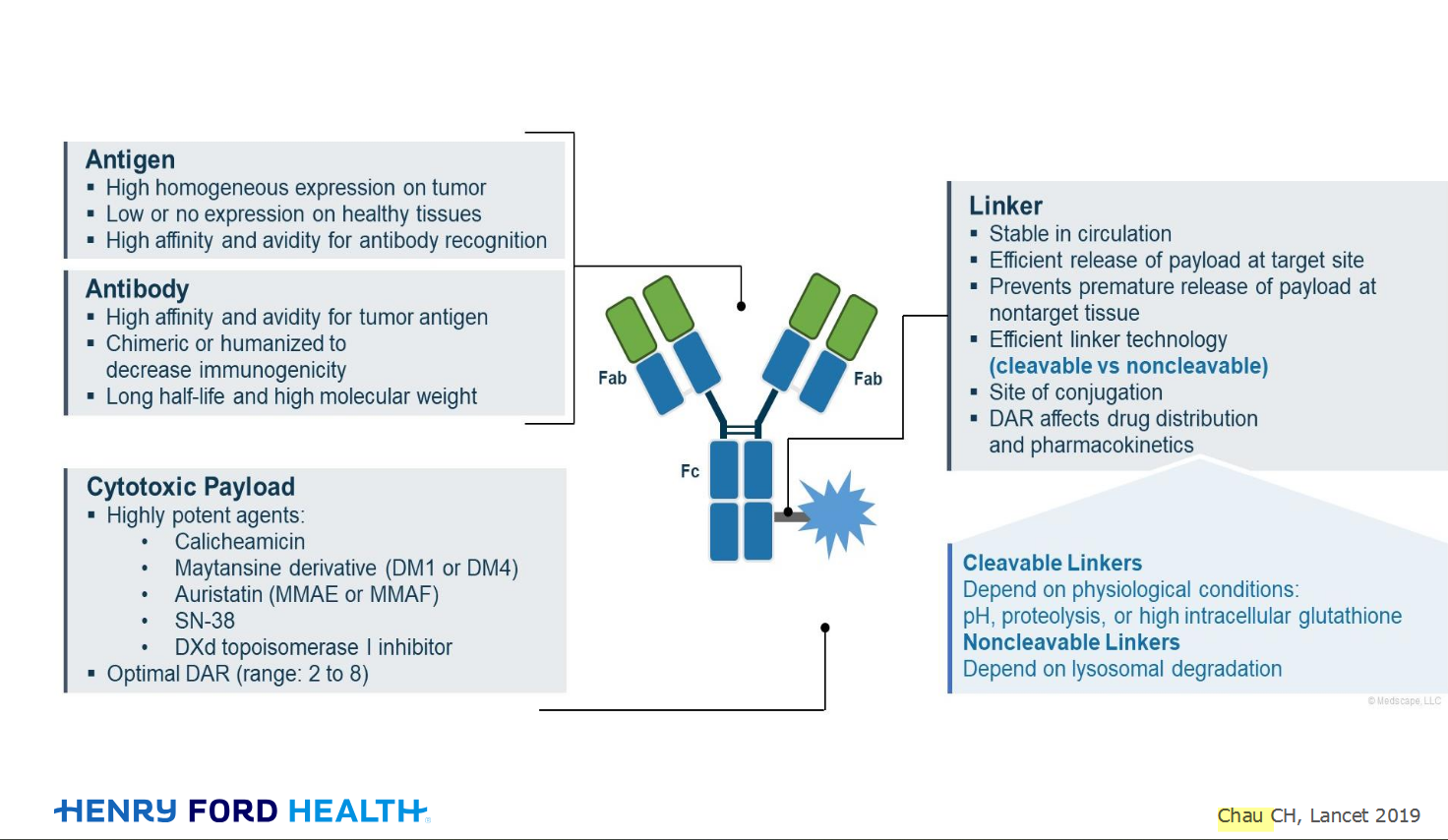Welcome!
Welcome to the new CancerGRACE.org! Explore our fresh look and improved features—take a quick tour to see what’s new.

Please feel free to offer comments and raise questions in our Discussion Forums.
Transcript
Unfortunately, sometimes cancer spreads to the bone, and when cancer spreads to the bone, two things can happen. One is, as a patient, you could have a lot of pain. Another thing that could happen is that, the cancer, when it spreads to the bone, can actually destroy the cortical structure of the bone, so you’re at risk for fracture, and you can often fracture those bones.
It doesn’t actually take a lot of cancer in the bone to cause a lot of pain. I tell patients that, you know, sometimes even a small amount of cancer in the bone can cause a lot of pain. It’s much like [how] a little pebble in your shoe can cause a huge annoyance — you hope and hope that you can get around without it, but eventually you have to take your shoe off and shake it out, and a tiny little pebble comes out.
In any case, when we find cancer in the bone, one of the best treatments that we have for alleviating that pain, is radiation. Radiation seems to work better at alleviating that pain than pain medication does, and for reasons that we may not completely understand, radiation seems to work better than chemotherapy at alleviating that pain.
The radiation for disease in the bone is a short course of radiation directed just at where the tumor is within that bone. It’s not designed to cure the patient, it’s simply designed to eradicate enough of the cancer to improve their quality of life and reduce that pain. How many treatments that somebody needs for a palliative course of radiation is open to question; one course could be to do as simple as a single fraction of radiation, or three or four treatments, or ten treatments. The days where we used to give more than 20 treatments for a bone metastasis have probably come and gone — we’ve learned that we can get rid of that pain and control this disease with far fewer treatments.
The side effects associated with the palliative course of radiation tend to be related to where that bone is, relative to the internal organs or other tissues that are going to be exposed to radiation. So, if you have a long bone or extremity, your side effects might be minimal to none, or might be related simply to a mild skin irritation. If the bone that we’re talking about is a vertebral body, and it’s next to your stomach or your intestines, you might have bowel dysfunction from that particular treatment.
So, in any case, palliative radiation to treat bone metastasis is a very effective treatment — it seems to work very well, and it controls that cancer.
Please feel free to offer comments and raise questions in our
discussion forums.
A Brief Tornado. I love the analogy Dr. Antonoff gave us to describe her presentation. I felt it earlier too and am looking forward to going back for deeper dive.
Dr. Singhi's reprise on appropriate treatment, "Right patient, right time, right team".
While Dr. Ryckman described radiation oncology as "the perfect blend of nerd skills and empathy".
I hope any...
My understanding of ADCs is very basic. I plan to study Dr. Rous’ discussion to broaden that understanding.

Here's the webinar on YouTube. It begins with the agenda. Note the link is a playlist, which will be populated with shorts from the webinar on specific topics
An antibody–drug conjugate (ADC) works a bit like a Trojan horse. It has three main components:
Bispecifics, or bispecific antibodies, are advanced immunotherapy drugs engineered to have two binding sites, allowing them to latch onto two different targets simultaneously, like a cancer cell and a T-cell, effectively...

Welcome to the new CancerGRACE.org! Explore our fresh look and improved features—take a quick tour to see what’s new.
Hi app.92, Welcome to Grace. I'm sorry this is late getting to you. And more sorry your mum is going through this. It's possible this isn't a pancoast tumor even though...